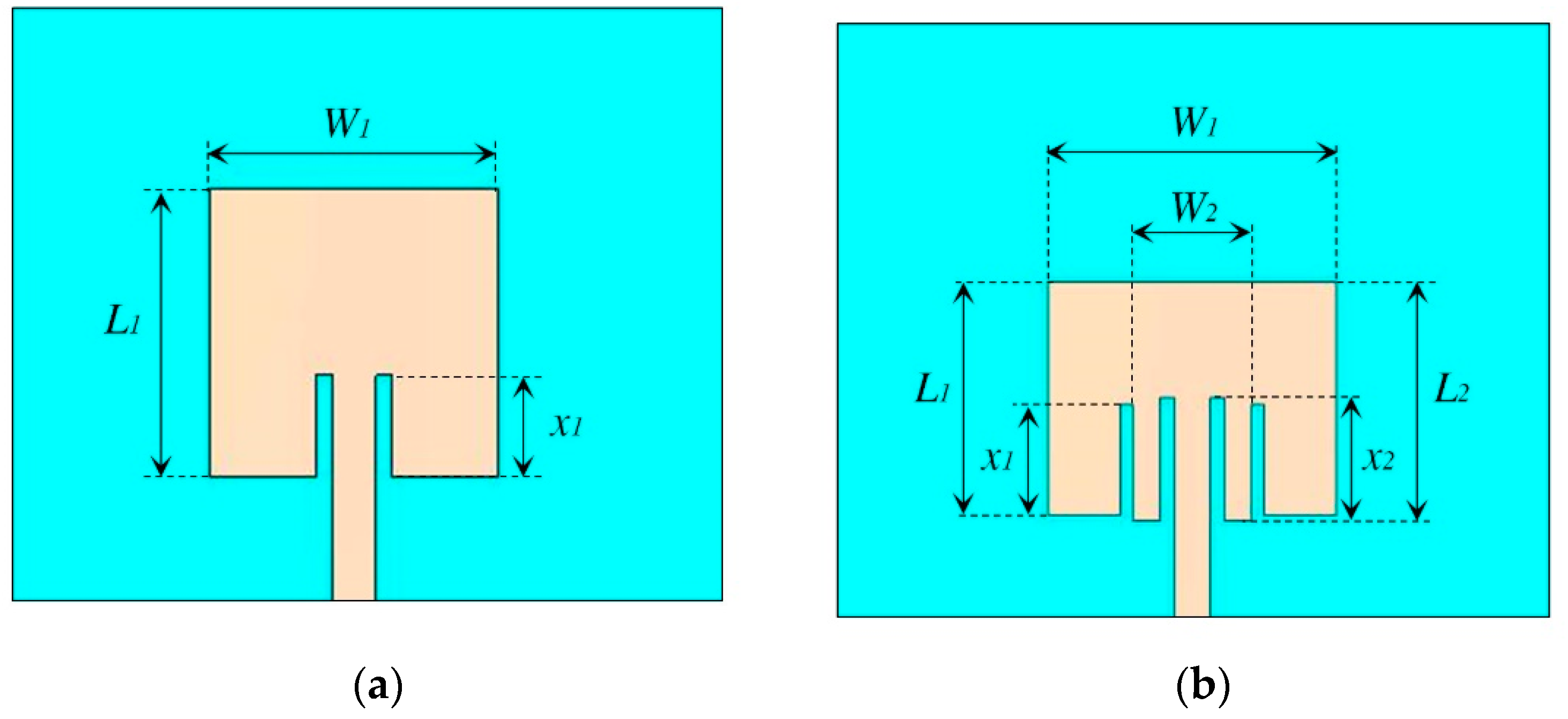

Patch arrays can provide much higher gains than a single patch at little additional cost matching and phase adjustment can be performed with printed microstrip feed structures, again in the same operations that form the radiating patches. It is relatively easy to print an array of patches on a single (large) substrate using lithographic techniques.

A single patch antenna provides a maximum directive gain of around 6–9 dBi. They are usually employed at UHF and higher frequencies because the size of the antenna is directly tied to the wavelength at the resonant frequency. Microstrip antennas are relatively inexpensive to manufacture and design because of the simple 2-dimensional physical geometry.
Microstrip antenna theory skin#
Because such antennas have a very low profile, are mechanically rugged and can be shaped to conform to the curving skin of a vehicle, they are often mounted on the exterior of aircraft and spacecraft, or are incorporated into mobile radio communications devices. Some patch antennas do not use a dielectric substrate and instead are made of a metal patch mounted above a ground plane using dielectric spacers the resulting structure is less rugged but has a wider bandwidth. Common microstrip antenna shapes are square, rectangular, circular and elliptical, but any continuous shape is possible. A patch antenna is a narrowband, wide- beam antenna fabricated by etching the antenna element pattern in metal trace bonded to an insulating dielectric substrate, such as a printed circuit board, with a continuous metal layer bonded to the opposite side of the substrate which forms a ground plane. Antennas using patches as constitutive elements in an array are also possible. The most common type of microstrip antenna is commonly known as patch antenna. Microstrip antennas have become very popular in recent decades due to their thin planar profile which can be incorporated into the surfaces of consumer products, aircraft and missiles their ease of fabrication using printed circuit techniques the ease of integrating the antenna on the same board with the rest of the circuit, and the possibility of adding active devices such as microwave integrated circuits to the antenna itself to make active antennas The radio frequency current is applied (or in receiving antennas the received signal is produced) between the antenna and ground plane. The antenna is usually connected to the transmitter or receiver through foil microstrip transmission lines. Most microstrip antennas consist of multiple patches in a two-dimensional array. An individual microstrip antenna consists of a patch of metal foil of various shapes (a patch antenna) on the surface of a PCB ( printed circuit board), with a metal foil ground plane on the other side of the board.

They are mostly used at microwave frequencies. In telecommunication, a microstrip antenna (also known as a printed antenna) usually means an antenna fabricated using photolithographic techniques on a printed circuit board (PCB). Diagram of the feed structure of a microstrip antenna array.


 0 kommentar(er)
0 kommentar(er)
